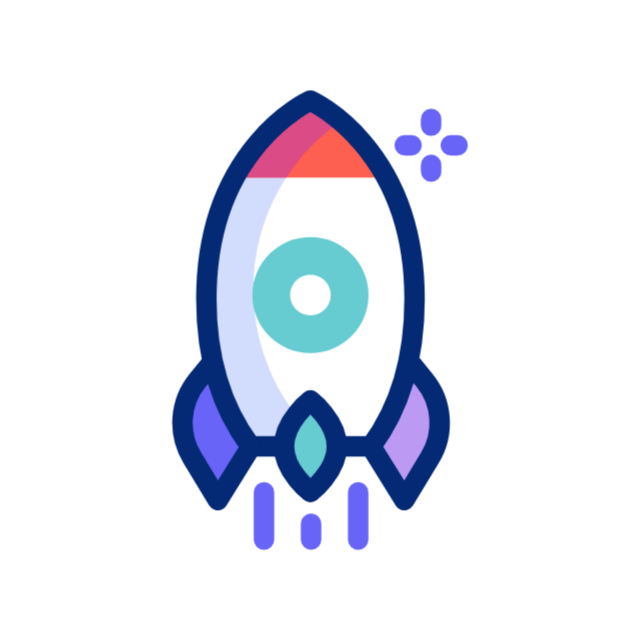Imagine you build your own AI helper. You shape it to meet your needs. You do so without code. You can create a study friend that adapts as you learn, a chat helper that manages support tasks, or a 24/7 lead checker that sorts prospects while you rest. This work exists now with Google’s new tool, Opal. This free AI platform lets anyone build mini apps that use AI quickly and simply.
What Google Opal Brings to the Table
Google Opal marks a shift in how people and businesses form AI tools. The tool’s no-code space helps you design and launch AI apps even if you lack technical skills. Here is how it stands out:
-
No Coding Needed
You drop complex code. Use a simple screen with drag-and-drop parts to build AI helpers, chat tools, and work flows. -
Custom AI Models on Your Data
You use your own files and notes to teach the AI. The result is a tool that fits your own tasks and wins with your input. -
Fast Build and Debug Tasks
New updates cut the time to build apps and fix issues. This way, you spend less time fixing and more time trying new ideas. -
Worldwide Use
The tool reaches 15 new regions. This step grows the user base and wins more creators worldwide.
Practical Uses That Make a Difference
One big block in using AI was the need to know code. Many people and small firms could not build a fit-made AI tool. Opal makes it simple by letting you:
-
Create Personal Study Aids
Learners build an AI friend that meets the way they learn. The AI can note if you work best with images or words and then set up sessions that work for you. This makes studying both smooth and fun. -
Launch Support Chat Bots
Small firms train bots on internal notes, FAQs, or product clues. The bots answer common client questions on their own. This saves time and lets team members take on harder tasks. -
Set Up Lead Qualification
Sales teams use AI to check new leads by fixed rules. This tool sorts prospects and shows who needs a follow-up. Since the AI runs all day, it works past office hours.
Why This Matters Now
Before tools like Opal, making custom AI tools meant hiring developers or paying high fees. This need kept new ideas mostly with big companies. Opal now brings AI tools to students, solo workers, and small firms—all for free. Faster building and debugging cut the rough spots. Users try, change, and improve their AI apps fast as they learn from each step.
How You Can Get Started with Opal Today
If you have thought about AI but felt the code was too hard or the platform too much, Opal is a clear way in. Use this quick list:
-
Sign Up for Free Access
Go to Google Opal’s site and set up an account. It costs nothing to start. -
Decide on Your Goal
Choose the type of mini app you need—a study friend, chat bot, lead checker, or another tool. -
Upload Your Data
Collect files or notes you want the AI to learn from. The better your data, the better your app works. -
Use the Drag-and-Drop Builder
Place parts on the screen and set rules that fit your needs. You do not need to code. -
Test and Debug
Run the tool and fix any errors. The fast debugging saves you time. -
Launch and Watch
Set your app live and see it run tasks automatically. Keep short tests and changes to get the best from it.
What to Keep in Mind
-
Begin Small and Grow
Start with an easy AI idea to learn how it works. Then slowly add more parts as you gain skill. -
Organize Your Data
The AI depends on the data you share. Use files that are clear and right for your aims. -
Mind Privacy and Rules
When you add sensitive notes, keep in mind data safety and local laws.
The Future of No-Code AI Creation
Google Opal now reaches more regions and adds new features. Its simple set-up shows that no-code AI tools are now common. With lower steps to join, more people shape tech to meet their jobs and study needs, pushing ideas from the start.
Whether you want to simplify work, change how you learn, or improve client chat, Opal gives a simple route to start with AI today.
Ready to build your first AI app without coding? Visit Google Opal’s site now, check the tools, and step into a time where creating AI is just a few clicks away.


